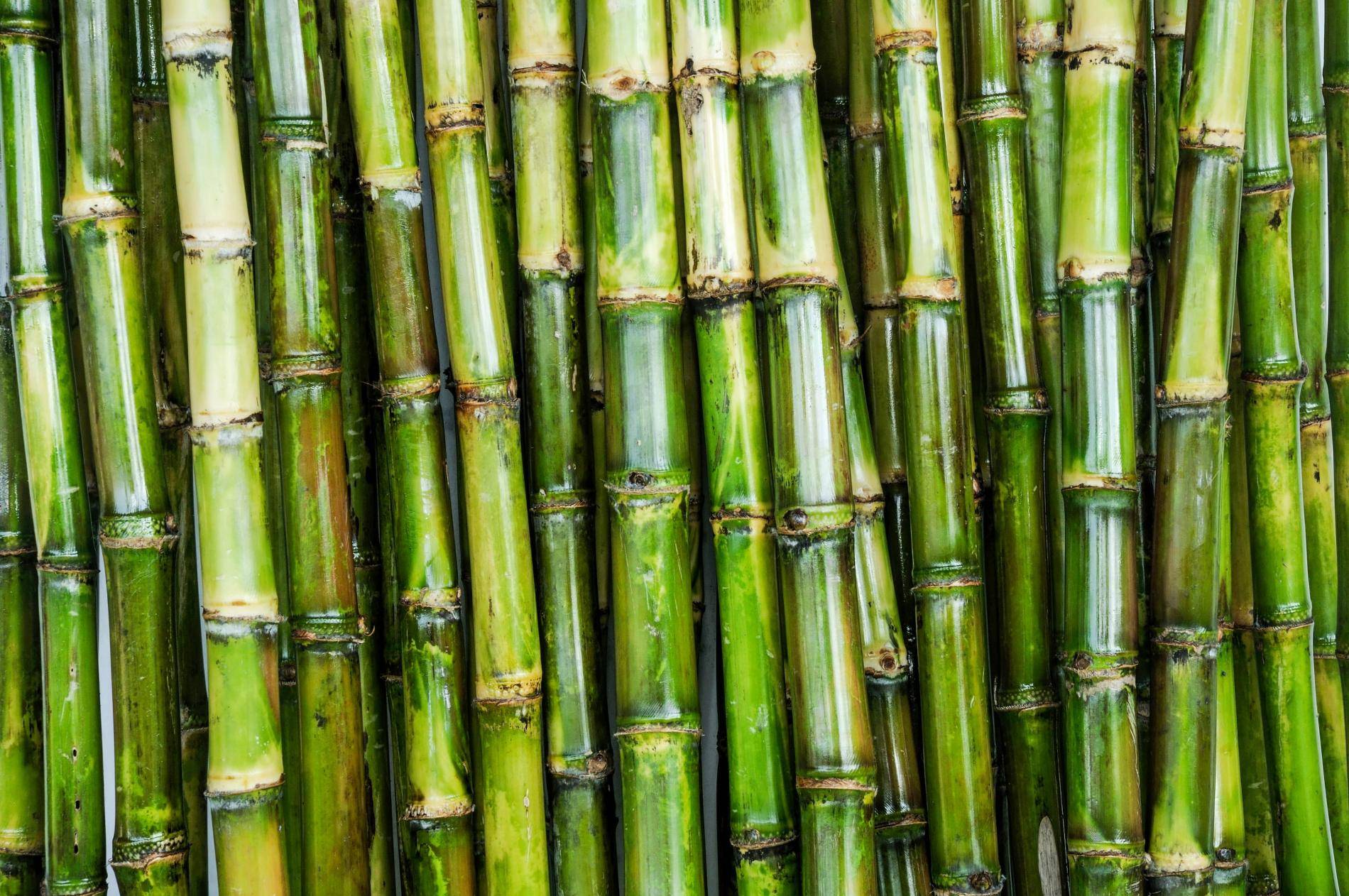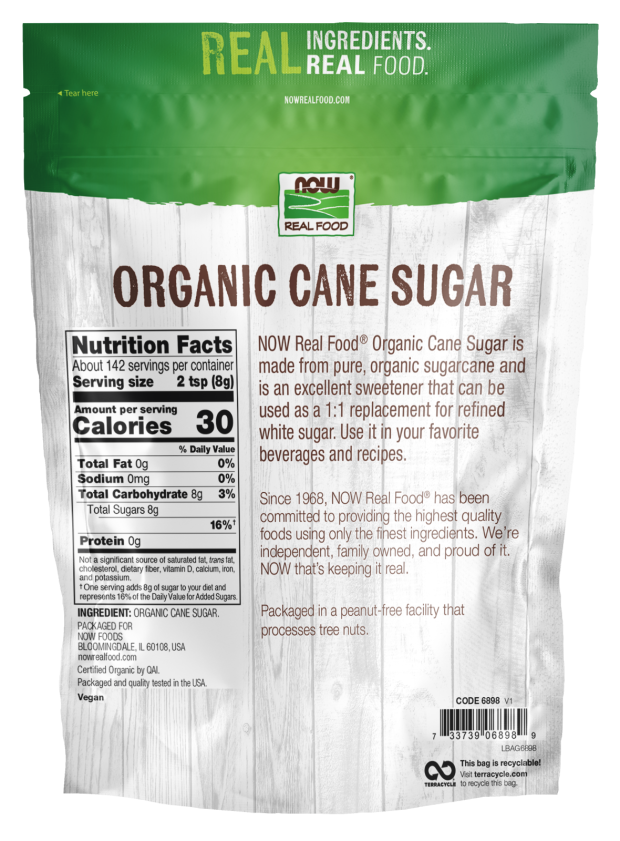Checking Out the Comprehensive Steps Associated With Walking Stick Sugar Processing From Collecting to Improvement
The procedure of cane sugar manufacturing incorporates a series of detailed steps, starting with the cautious harvesting of sugarcane and finishing in the refinement phases that guarantee the last product meets market standards. Each phase, from the removal of juice to the purification and formation processes, plays a crucial function in determining the top quality and character of the sugar. Comprehending these stages not only highlights the intricacy of sugar production yet also elevates vital inquiries regarding performance, sustainability, and development in the sector. What implications do these aspects have for future practices?
Collecting Sugarcane
Gathering sugarcane is an essential action in the walking stick sugar processing chain, as it straight influences the quality and return of the final item. Proper timing and strategies are vital during this phase to ensure optimal sugar material and lessen losses. Typically, sugarcane is collected when it reaches maturation, normally 12 to 18 months after growing, identified by a high sucrose focus.

Post-harvest, the sugarcane must be refined promptly to avoid sucrose destruction. Preferably, collected walking stick must be moved to refining facilities within 24 hours to preserve sugar quality. For that reason, efficient logistical planning is crucial to keep the stability of the gathered plant throughout the supply chain.
Removal Process

The smashed walking cane is subjected to a collection of pushing procedures to take full advantage of juice recuperation. Usually, warm water is sprayed onto the crushed walking stick, producing a countercurrent circulation that aids dissolve the sugar while additionally aiding in the removal procedure. The juice gathered from this operation has not only sugar but likewise numerous natural compounds and contaminations.

To improve removal performance, some facilities might employ diffusion methods, where the sugarcane is soaked in hot water, enabling the soluble sugars to diffuse right into the fluid. The resulting juice, abundant in sucrose, is after that guided to succeeding handling stages, laying the foundation for purification and refinement. The extraction process is therefore essential in determining the quality and yield of the final sugar product.
Filtration Techniques
The purification methods used in cane sugar processing are important for changing the raw juice right into a high-quality sugar product. These approaches primarily intend to remove pollutants, such as dirt, plant products, and inorganic compounds, which can negatively influence the end product's flavor and shade.
Among one of the most usual filtration strategies is clarification. This procedure entails adding lime and heat to the raw juice, which helps with the coagulation of pollutants. The resulting precipitate is after that gotten rid of with sedimentation or filtering, producing a clearer juice. In addition, making use of phosphoric acid can improve the information process by more binding contaminations.
An additional considerable technique is carbonatation, where carbon dioxide is presented to the made clear juice. This response generates calcium carbonate, which records continuing to be pollutants and promotes their elimination.
Additionally, turned on carbon treatment might be put on adsorb any kind of remaining colorants and organic contaminations, making sure an extra refined item. The combination of these techniques effectively prepares the sugar juice for succeeding actions in the refining process, establishing the phase for the production of top quality walking cane sugar.
Crystallization Techniques
After the filtration phase, the following critical action in walking cane sugar processing includes crystallization techniques, which play a critical duty in transforming the cleared up juice right into solid sugar. This process commonly employs two key methods: spontaneous condensation and regulated formation.
In spontaneous formation, supersaturated sugar solutions are allowed to cool normally, leading to the development of sugar crystals over time. This method enables for the uniform growth of sugar crystals and higher purity.
Throughout crystallization, the clarified juice is concentrated via dissipation, enhancing its sugar content until it gets to supersaturation. When this factor is attained, either method can promote the crystallization process. Cane Sugar Processing. The resultant sugar crystals are after that additional reading separated from the staying syrup via centrifugation
Inevitably, the option of condensation method impacts the top quality, dimension, and purity of the last sugar item, making this step vital in the overall cane sugar handling procedure.
Refinement and Product Packaging
Exactly how can the purity and top quality of walking stick sugar be even more enhanced after formation? The refinement procedure plays a critical function in achieving high-quality walking cane sugar. Complying with crystallization, sugar goes through a detailed washing to remove pollutants and residual molasses. This is typically achieved using cozy water or heavy steam, which helps liquify and draw out unwanted elements while maintaining the sugar crystals.
Next, the sugar goes through a process called centrifugation, where it is rotated at high speeds to divide the detoxified sugar crystals from the staying fluid. After centrifugation, the sugar is frequently additional improved through an approach called carbonization or phosphatation, which utilizes turned on carbon or phosphoric acid to eliminate color and off-flavors.
As soon as refined, the sugar is dried out to achieve the preferred wetness web content, ensuring that it stays secure during storage space and transport. The final action involves product packaging the polished sugar in moisture-proof and impermeable containers to maintain its top quality and avoid contamination. Cane Sugar Processing. Correct packaging not only prolongs life span yet additionally facilitates simple handling and distribution, making sure that customers obtain sugar that fulfills the highest possible criteria of pureness and high quality
Final Thought
The thorough actions associated with walking cane sugar handling, from the thorough harvesting of sugarcane to the detailed improvement and product packaging phases, highlight the significance of each phase in ensuring top notch sugar manufacturing. Ideal harvesting methods, effective extraction methods, and rigorous filtration procedures collectively add to the final product's pureness and security. The formation and succeeding packaging practices further boost the honesty go right here and life span of the sugar, highlighting the intricacy and precision intrinsic in this necessary farming market.
The process of cane sugar production encompasses a series of complex actions, beginning with the cautious harvesting of sugarcane and culminating in the improvement phases that make certain the final product fulfills market requirements. Ideally, harvested cane needs to be transferred to processing facilities within 24 hours to protect sugar quality.In spontaneous crystallization, supersaturated sugar remedies are permitted to cool naturally, leading to the development of sugar crystals over time why not try here - Cane Sugar Processing. The improvement procedure plays a crucial role in achieving high-quality walking cane sugar.The thorough steps involved in walking cane sugar handling, from the precise harvesting of sugarcane to the intricate improvement and packaging phases, highlight the importance of each phase in ensuring top notch sugar production